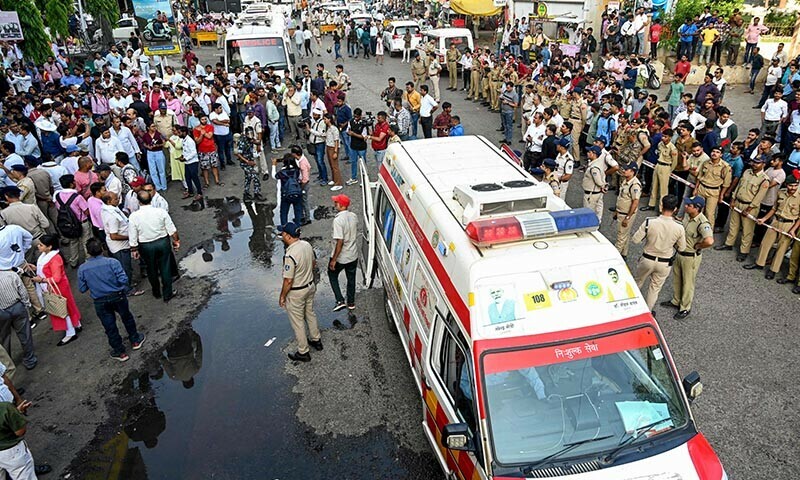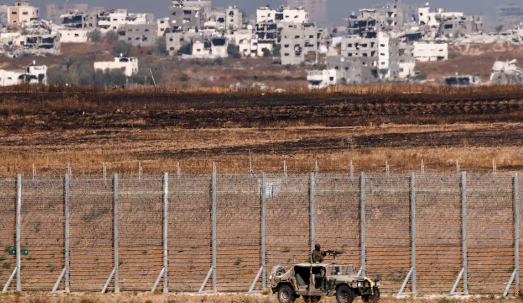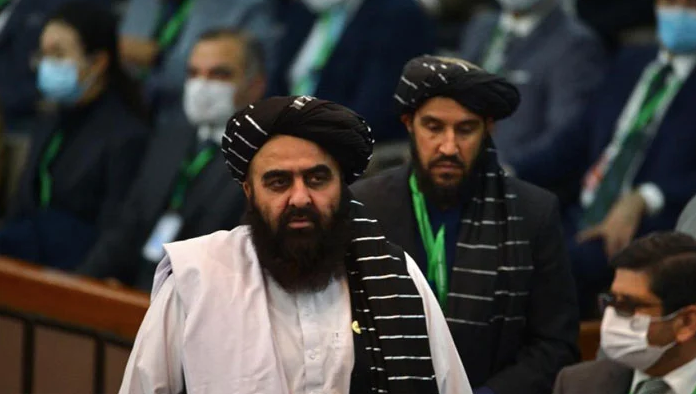WORLD NEWS

Ukraine has agreed to a 30-day ceasefire with Russia following extensive negotiations with the United States in Saudi Arabia. The deal, which aims to de-escalate the ongoing war, was reached after eight hours of high-stakes talks in Jeddah. In exchange, Washington has lifted its pause on military aid and intelligence sharing with Kyiv.
The Ceasefire Agreement
Ukrainian President Volodymyr Zelenskyy confirmed that the ceasefire would apply to all missile, drone, and bomb attacks along the front lines and in the Black Sea. The US and Ukraine jointly announced that the truce could be extended if both sides agree. However, its implementation remains uncertain as Moscow has yet to accept the terms.
US Secretary of State Marco Rubio, who led Washington’s delegation alongside National Security Advisor Mike Waltz, stated that the ceasefire's success now depends on Russia's response. "The ball is now in Moscow’s court," he said.
US Military Aid Resumes
As part of the agreement, the Biden administration has immediately resumed intelligence sharing and military assistance to Ukraine. The suspension of aid, which began after a tense meeting between Zelenskyy and US President Donald Trump on February 28, had significantly weakened Ukraine’s battlefield capabilities.
In addition to resuming military support, the US and Ukraine are finalizing an investment deal for Ukraine’s critical mineral resources. While Zelenskyy had sought concrete security guarantees from Washington, Trump’s administration has instead emphasized economic investment as a means of deterrence against future Russian aggression.
Russia’s Position
Russia has yet to officially respond to the ceasefire proposal. Kremlin spokesperson Dmitry Peskov stated that Moscow is awaiting a briefing from Washington before making a decision. Experts predict that Russia may demand additional concessions, such as sanctions relief or limits on Ukraine’s security ties with the West, before agreeing to any ceasefire.
Meanwhile, Trump has signaled his intention to communicate with Russia in the coming days. His Middle East Special Envoy, Steve Witkoff, is set to visit Moscow for talks with President Vladimir Putin. This visit marks the highest-level US-Russia contact since the start of the war.
What’s Next?
The ceasefire agreement represents a potential turning point in the war, now entering its fourth year. While Ukraine hopes this truce will lead to a lasting peace, its success ultimately depends on Moscow’s willingness to participate. The next few days will be crucial in determining whether this temporary halt in fighting can pave the way for broader diplomatic solutions.




